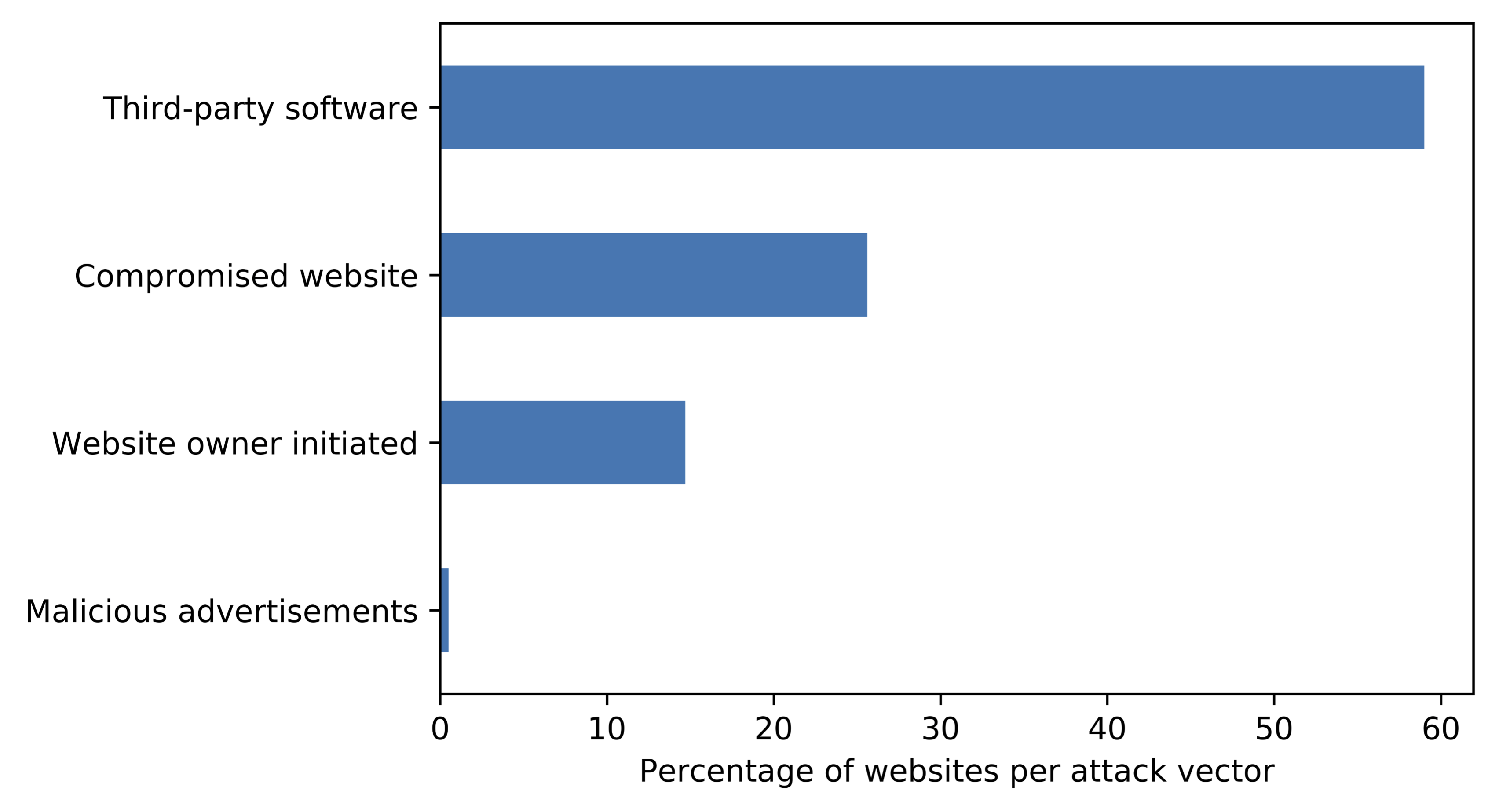

- Drupal websites are victims to cryptojacking campaigns install#
- Drupal websites are victims to cryptojacking campaigns software#
- Drupal websites are victims to cryptojacking campaigns iso#
- Drupal websites are victims to cryptojacking campaigns professional#
Monero addresses associated with this group have been used to mine around 1,200 Monero, nearly $295,000. Hackers own $295,000, albeit not all from MassMiner All of the above are well-known and highly efficient vulnerabilities. The MassMiner crew sure has an excellent taste when it comes to exploits.
Drupal websites are victims to cryptojacking campaigns install#
Security researchers have detected a new wave of cryptocurrency-mining malware infecting servers across the web, and this one is using multiple exploits to gain access to vulnerable and unpatched systems to install a Monero miner.Įxperts from AlienVault say this new campaign -which they dubbed MassMiner- uses exploits for vulnerabilities such as CVE-2017-10271 (Oracle WebLogic), CVE-2017-0143 (Windows SMB), and CVE-2017-5638 (Apache Struts).
Drupal websites are victims to cryptojacking campaigns iso#
XiaoBa also injects Coinhive in local HTML filesīut if by a miracle an infected users' computer boots up, users should be aware that XiaoBa also injects a copy of the Coinhive JavaScript library inside all HTML and HTM files, and also deletes all GHO and ISO files, for an unknown reason.īut Trend Micro researchers say this "executable injection routine" has been poorly coded, so much so that XiaoBa injects multiple versions of itself into other executables, and may even take legitimate executables and inject them into other legitimate executables many times over.
Drupal websites are victims to cryptojacking campaigns software#
This new XiaoBa coinminer contains sloppy code that destroys user files and will crash PCs.Īccording to Trend Micro experts, the current version of the XiaoBa coinminer will inject a copy of itself and the legitimate XMRig cryptocurrency mining software inside all EXE, COM, SCR, and PIF files found on an infected computer. You'd think that XiaoBa getting converted into a coinminer is a good thing. In February 2017, Cisco observed spikes in DNS queries for the fake cryptocurrency websites where upwards of 200,000 queries per hour can be seen during the time window the ad was displayed,” Talos wrote.īut now, Trend Micro researcher say they identified what appears to be a modified version of the XiaoBa ransomware, but coded to work as a file infector and cryptocurrency miner. “The reach of these poisoned ads can be seen when analyzing DNS query data. Once on the landing page the victim is served phishing information in the person's native language, as based on the IP address that would enable the thieves to remove bitcoin from their wallets.
Drupal websites are victims to cryptojacking campaigns professional#
However, the link provided in the ad takes victims to a professional looking, but malicious, landing page, such as.

The ads then appear near the top of a search page as an advertisement for a Bitcoin wallet site. Talos' research found the criminal grop, dubbed CoinHoarder, buying Google Ad Words linked to search terms associated with cryptocurrency, such as blockchain or Bitcoin wallet.

Cisco Talos has detailed a six-month long investigation into a specific mining campaign that used phishing scams, tied to Google Ad words to lure victims that stole tens of millions of dollars.The amount of illegal cryptocurrency mining that is now taking place makes keeping track a difficult task, but here is a quick roundup of what was has been spotted over the last few days. It was first discovered in May 2017 and severely impacted organizations during summer of 2017.Ĭryptocurrency mining crimeblotter, TrickBot, Coinhoard and Apache CouchDB vulnerabilities

It also can be used as a full-functioning malware downloader capable of executing any code on victims’ machines. 2 in the rankings, manipulates victims’ browsers and turns their default search engines and homepages into fake search engines, which simply redirect the queries to either or to generate ad revenue. In addition to crypto-miners, Check Point researchers also discovered that 21% of organizations have still failed to deal with machines infected with the malware. In addition to Coinhive impacting more than one in five organizations, JSEcoin (a JavaScript miner that can be embedded in websites) was in fifth place and Cryptoloot (which targets PCs) was in ninth. That’s according to Check Point’s Global Threat Impact Index, which shows three different variants of crypto-mining code in its top 10 most-prevalent rankings. Coinhive Crypto-Miner Now Affecting a Quarter of the World's OrganizationsĬrypto-mining malware has continued to grow globally, with 23% of organizations worldwide affected by the Coinhive variant during January.


 0 kommentar(er)
0 kommentar(er)
